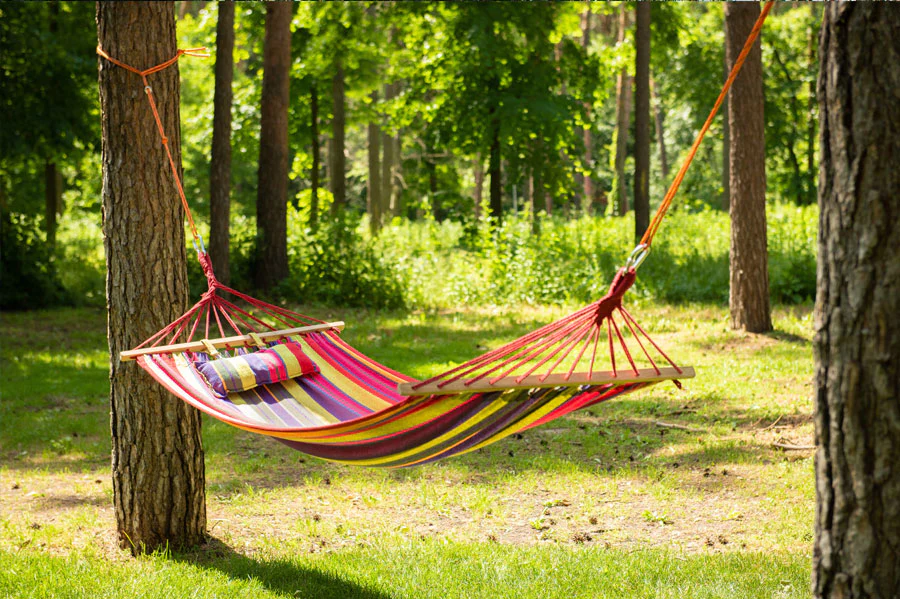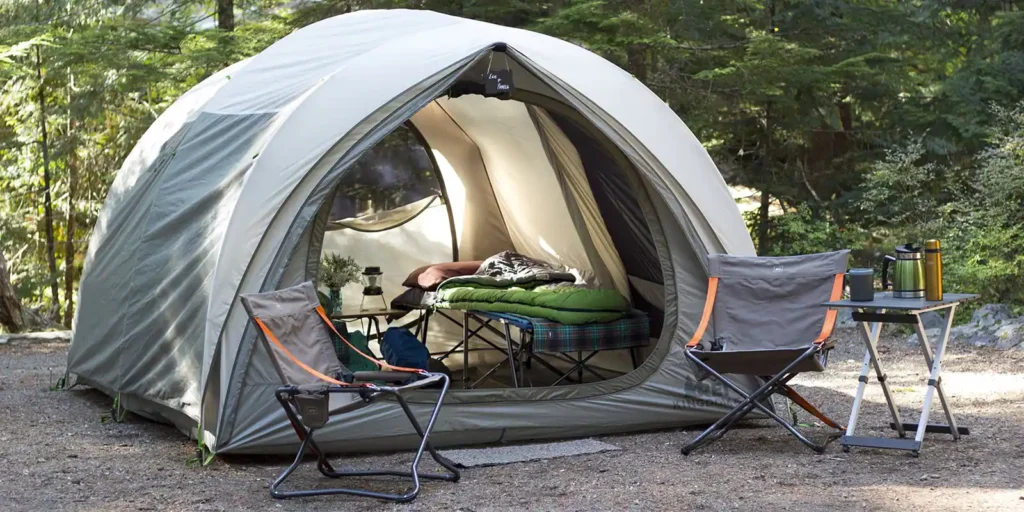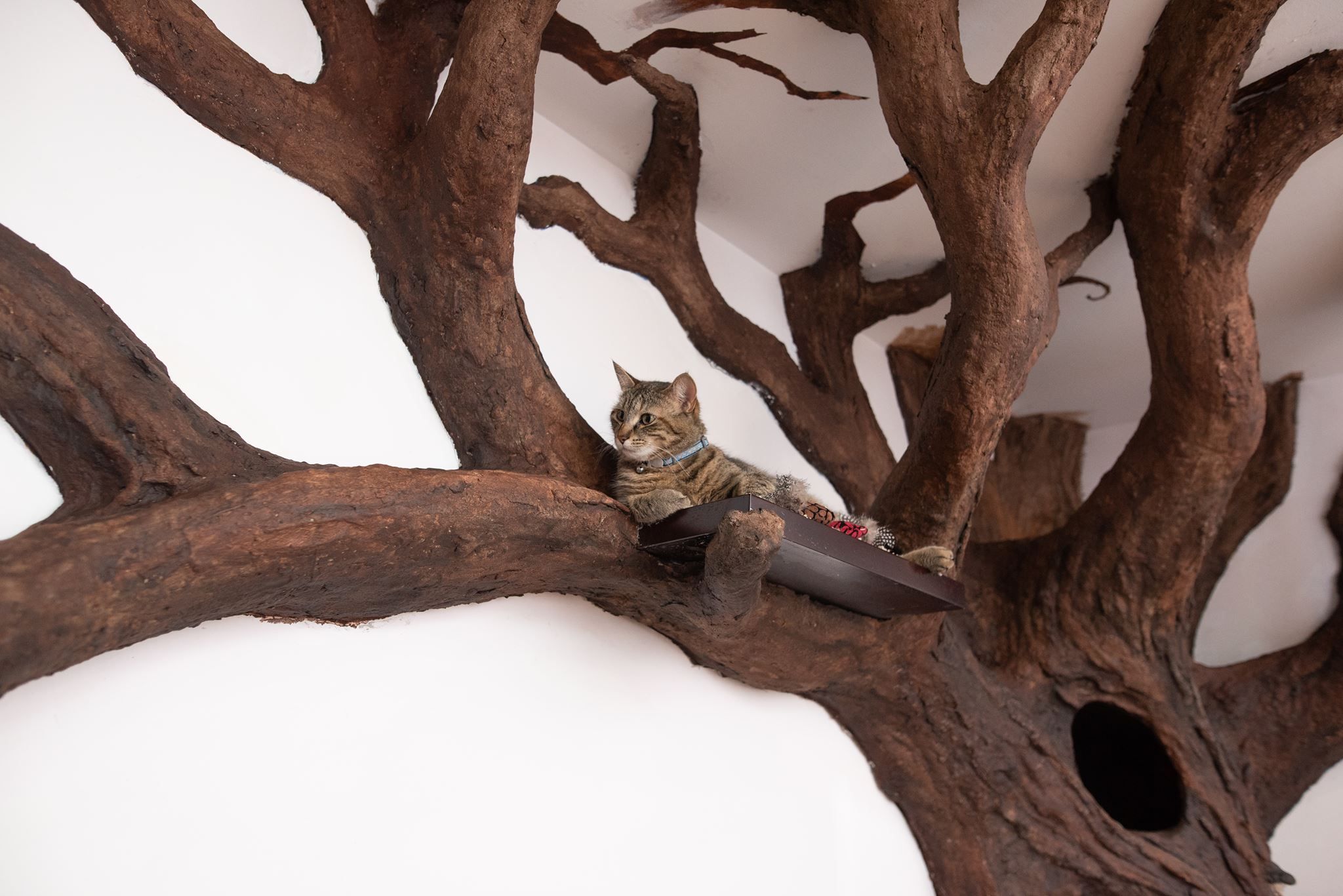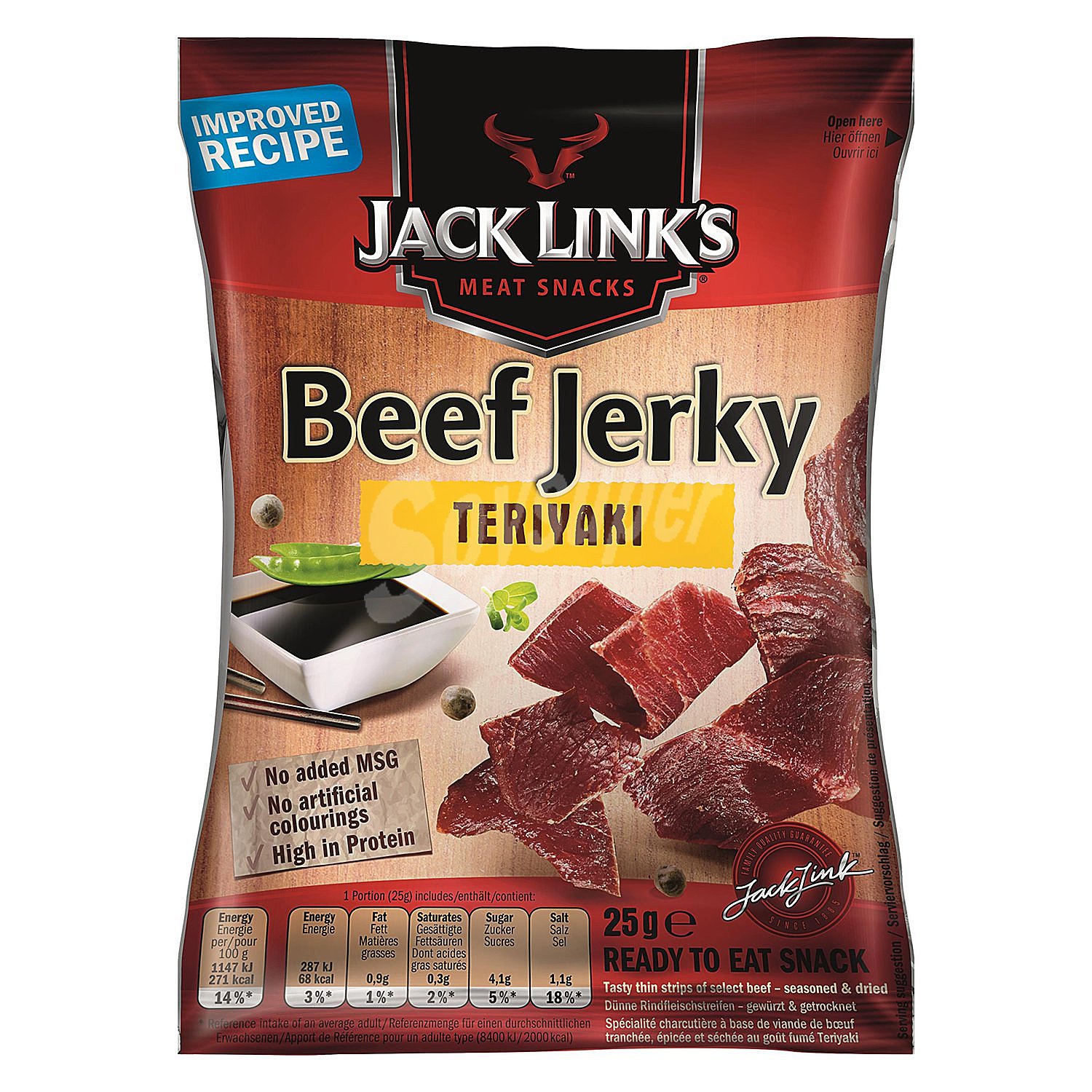
Imagine swaying lightly in a hammock, the mild breeze lulling you into a rustic of natural relaxation. Whether you are an outside enthusiast, a domestic proprietor searching to enhance your outside, or a camper wanting a comfy dozing solution, hammocks are the closing associate for rest and comfort. In this manual, we will explore the several kinds of hammocks, their advantages, and pointers on choosing the right one for exceptional settings.
Table of Contents
What is a Hammock?
A hammock is a sling made from material, rope, or netting and suspended amongst factors, including timber or posts. It is designed for swinging, snoozing, or resting and has been used for thousands of years in numerous cultures for its comfort and versatility.
Types of Hammocks and Their Details
Hammocks are available in various patterns to cater to unique options and needs. Here are some famous kinds:
1. Rope Hammocks

Rope hammocks are normally made from cotton or synthetic substances woven into a web-like structure. Hammock They are breathable and offer a traditional look, making them perfect for decent-climate rest. However, they provide less padding and comfort than other alternatives.
2. Fabric Hammocks
Fabric hammocks are made from solid material, providing a relaxed and supportive resting area. They are often available in various hues and styles, permitting you to personalize your outdoor area. These hammocks are normally more snug than rope hammocks, making them an extremely good choice for lengthy lounging durations.
3. Mayan Hammocks
Originating from Mexico, Mayan hammocks are handwoven and acknowledged for their tricky designs and sturdiness. They are crafted from smooth, breathable cotton and are designed to conform to the form of your body, presenting extraordinary comfort. Their precise construction allows for perfect weight distribution, which may help reduce pressure factors while resting.
4. Camping Hammocks
Camping hammocks are lightweight and portable, making them ideal for outdoor adventures. They often include blanketed laptop virus nets and rainfly tarps to protect against the elements. They are generally made from long-lasting, climate-resistant substances, ensuring they can withstand the rigors of tenting excursions.
5. Standalone Hammocks

Standalone hammocks include their very own help structures; because of this, they’ll be used anywhere without the want for timber or other anchor factors. This makes them rather versatile and appropriate for both indoor and outdoor use. Many standalone hammocks also feature a curved design for advanced ergonomics and comfort.
By understanding the numerous sorts of hammocks available, you can make an informed choice that is satisfactory for your relaxation needs and lifestyle.
Benefits of Having a Hammock
Relaxation and Comfort: Hammocks offer a unique experience of relaxation and comfort that is difficult to fit. The gentle swaying movement can help reduce stress and promote better sleep.
Versatility: Whether you need to lounge outside, revel in an afternoon on the seashore, or sleep underneath the celebrities at the same time camping, hammocks are flexible enough to match any place.
Portability: Many hammocks are lightweight and portable, making them easy to set up for camping trips or in exceptional places.
Space-Saving: Hammocks take up much less space than conventional fixtures, making them ideal for small backyards, patios, or indoor use.
Types of Hammocks
Rope Hammocks
Rope hammocks are made of cotton or polyester ropes and are acknowledged for their breathability and conventional look. They are best for hot climates as they allow for accurate airflow.
Texture Loungers
Texture loungers are made from cotton, polyester, or nylon. They offer a more prominent solid ground in contrast with rope loungers and are available in several tones and styles.
Setting up camp Loungers

Setting up camp loungers are lightweight, solid, and consistently accompany extra elements like mosquito nets and downpour coverings. They are great for open-air darlings who need a solid snoozing arrangement on the go.
Key Features to Consider
Material Durability: Choose a hammock made from long-lasting substances like polyester or nylon for outdoor use, as they’re evidence against climate situations and placed on and tear.
Weight Capacity: Ensure the hammock can truly support your weight. Most hammocks have a weight potential of 250 to 800 kilos.
Ease of Setup: Look for hammocks with easy-to-use straps or stands for brief setup and takedown.
Portability: If you plan to take your hammock on tenting trips, choose a lightweight and compact format.
Comfort: Consider the sort of cloth and the size of the hammock to ensure it provides the extent of comfort you choose.
Personal Stories and Testimonials
Backyard Bliss
I started out using a cloth hammock in my remaining summer time outside, and it has emerged as my favored spot to unwind after a long day. The comfort and quietness it offers are unrivaled. It’s now my go-to area for analyzing and sleeping. – Sarah, Homeowner.
Camping Comfort

On a brand new camping revel, I brought alongside a camping hammock with a mosquito netemergesmerge as a recreation-changer! I slept peacefully without demanding about insects, and the setup changed into a substitute easily. It made my camping experience much more enjoyable. – Mike, Outdoor Enthusiast.
Comparative Analysis
Rope Hammocks vs. Fabric Hammocks
Material Quality: Rope hammocks offer higher breathability, making them ideal for decent weather, while cloth hammocks provide more comfort and are to be had loads of designs.
Price Range: Rope hammocks are generally more affordable, but fabric hammocks offer more options in terms of fashion and comfort.
Ease of Installation: Both sorts are easy to install, but cloth hammocks often have extra features, like integrated stands or straps for comfort.
Durability: Fabric polyester or nylon hammocks are more weather-resistant and durable than cotton rope hammocks.
Popular Brands
ENO (Eagles Nest Outfitters): Known for its perfect tenting hammocks, ENO offers some lightweight and robust alternatives.
Hennessy Hammock specializes in camping hammocks with incorporated mosquito nets and rain tarps, which are first-rate for outdoor adventures.
Hammock Sky: Offers loads of colorful and comfy cloth hammocks that are great for indoor and outdoor use.
Conclusion
Hammocks are an incredible addition to any regular rest, imparting excellent consolation and versatility. Whether you are lounging outdoors, camping in the top-notch outdoors, or setting up a relaxed indoor retreat, a satisfactory hammock can be available.
Ready to discover your best hammock? Explore our curated selection and decorate your enjoyment time today. For personalized recommendations and guidelines, e-book a consultation with one of our professional stylists, who will help you choose the hammock that best suits your wishes.
FAQs
1. How do I set up a hammock?
To install a hammock, discover robust factors (like trees or posts) approximately 10 to 15 ft apart. Use hammock straps or ropes to regular the hammock at a top, allowing for a gentle sag in the middle. Ensure it is immoderate enough to avoid touching the ground but low enough for smooth access.
2. Can I use a hammock indoors?
Absolutely! Hammocks can be used indoors if you anchor them with steady factors. You can set them up on wall mounts, use stands, or even droop them from the ceiling, creating a snug corner for rest.
3. How do I smooth my hammock?
Cleaning your hammock depends on its cloth. Most fabric hammocks may be hand-washed with moderate cleaning soap and water and air-dried. For rope hammocks, gently scrub with soapy water and rinse thoroughly. Always check the producer’s instructions for particular care suggestions.
4. Are hammocks secure for children?
Hammocks may be secure for children when used under personal supervision. Ensure the hammock is established securely and appropriate for the child’s weight. It’s also practical to pick out hammocks without excessive sagging to prevent any risks of falling.
5. What is the burden limit for a hammock?
Weight limits vary depending on hammock type and emblem, generally ranging from 250 to 800 pounds. Always check the specs in advance and use them to ensure protection and luxury.






